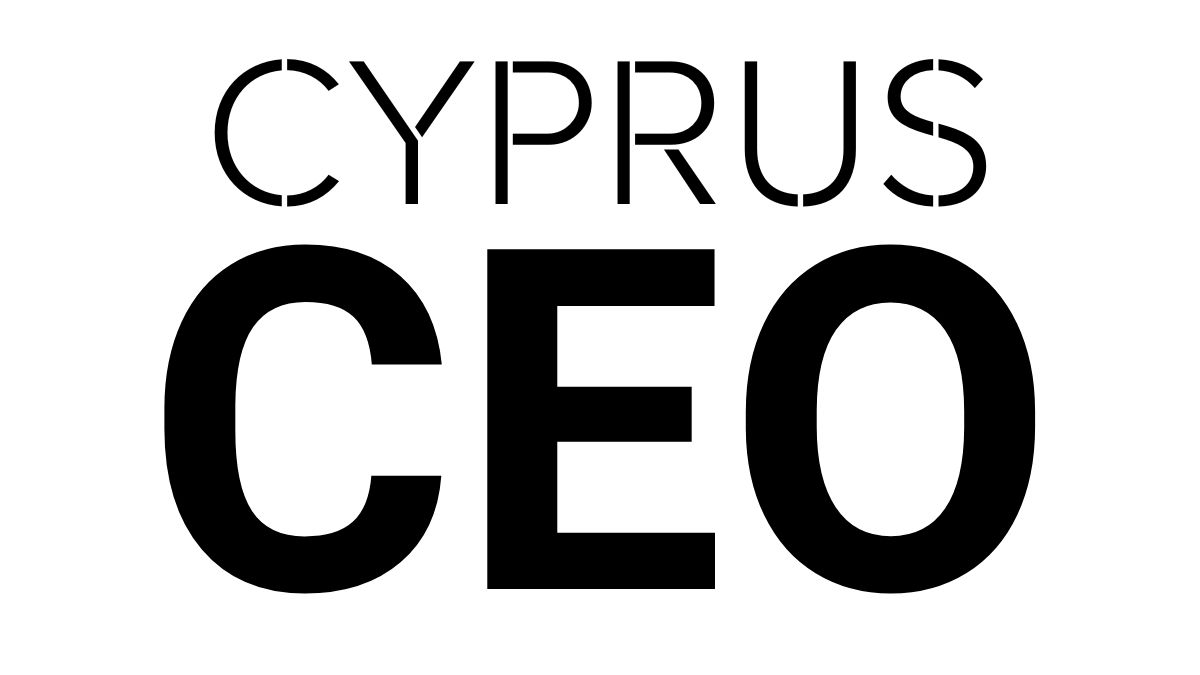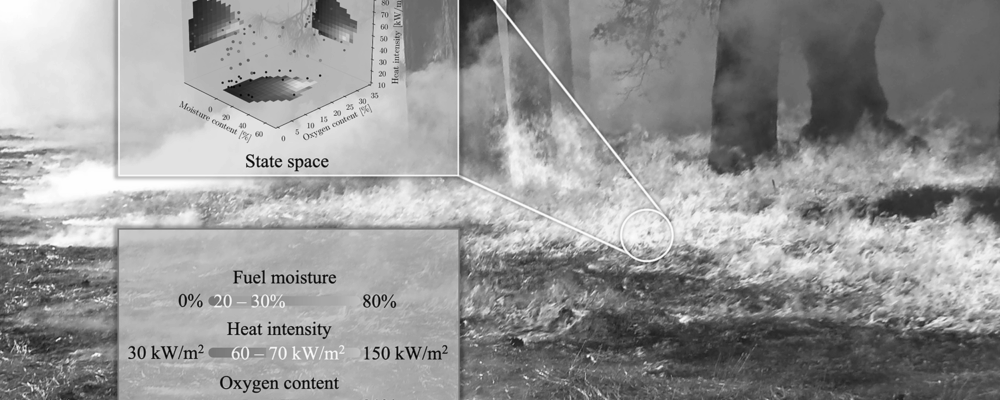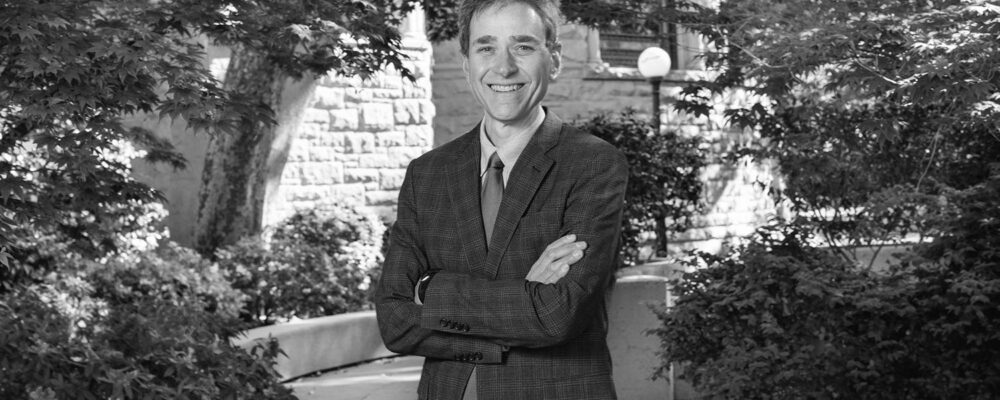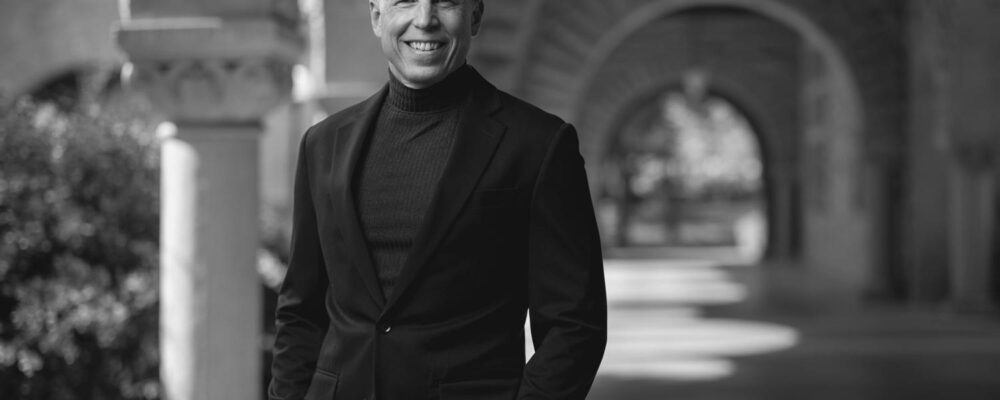After the U.S. Supreme Court struck down the use of race-based affirmative action in college admissions in June 2023, universities have been grappling with their admissions protocols and law firms and other private sector entities have been facing lawsuits over pipeline and DEI programs.
According to Ralph Richard Banks (BA ’87, MA ’87), the Jackson Eli Reynolds Professor of Law at Stanford Law School and the co-founder and faculty director of the Stanford Center for Racial Justice, this is a prime opportunity to think expansively and creatively about some larger questions, including the fundamental role of higher education in our society. It also can be an important moment of reflection for private sector businesses that are facing pressure to dismantle certain DEI programs in the wake of the Students for Fair Admissions decision, he says.
Along with Professor Mitchell Stevens from the Graduate School of Education, and Hoang Pham and Dan Sutton from the Racial Justice Center, Banks is leading a Stanford Law & Policy practicum this quarter that is addressing some of these issues. What’s Next After Students for Fair Admissions treats the end of race-based affirmative action as an opportunity to broadly reconsider the goals of selective college admissions and the ways in which America’s leading institutions can improve higher education for everyone.
Here, Banks discusses some of the questions he and his Policy Lab colleagues are pondering, including the decades-old assumption that the only path to the “American Dream” is through higher education.
What are some of the assumptions about higher education that you’re thinking about and challenging?
During the last 50 or so years, higher education has increasingly been touted as the pathway to the “American Dream.” This was not the case in earlier eras, but in recent decades college has become ever more important, every parent’s hope for their child. And during this same time, elite universities have prospered and expanded their influence in ways that would’ve been unimaginable to the founders of these schools.
While the elite private schools have prospered, they have failed to meaningfully expand the size of their student bodies, even in the face of population growth, becoming ever more selective and exclusive. College has also become more expensive, and student debt crippling for many. So, it is unsurprising that in many ways, higher education seems broken. And the “American Dream” also seems broken. These developments are connected, and some of the implications have an outsized impact on traditionally under-represented groups, especially when you think about the enormous amount of money it takes to pursue higher education, the debt that people are left with, attrition rates and so forth. It is a paradox if you think about it: the fixation on college as a pathway to the “American Dream” has arguably undermined the dream itself. So the question of how to best serve people in the realm of education goes beyond admissions, though that, of course, remains an important part of the discussion.
These are certainly big issues with implications throughout all aspects of society, it would seem?
Yes, as we’ve ratcheted up the importance of college, we have as a society also raised the educational requirements for many jobs, even if those jobs haven’t changed. So there are jobs now that require graduate degrees that 30 years ago merely required a college degree and before that, maybe didn’t require a degree at all. So you have this “credential creep,” where the higher levels of credentials become required for more and more jobs, which also shuts people out of the “American Dream.”
At the same time, we have mostly eviscerated other pathways to success, such as apprenticeships and internship-type programs, and vocational programs. Many other countries have not gone this route, but we have mostly put these valuable programs aside in favor of a singular focus on the college pathway.
Meanwhile, the private sector also has to grapple with maintaining and expanding diversity. Can law firms and other entities also try to reframe this moment as one of opportunity?
We are seeing a number of law firms facing litigation for certain of their DEI or attorney fellowship or pipeline programs, and when you’re faced with litigation, the impulse can be to freeze up and maybe think about dismantling everything. But they could also see the litigation as less of a threat and more of a prompt to rethink what they’re doing, to try to be thoughtful and creative and to really rethink what their goals are and how to best accomplish their goals.
The scope of the Students for Fair Housing decisions was limited to university admissions, so why are we seeing this flurry of lawsuits against law firms?
In the Students for Fair Admissions case, the Supreme Court did not style itself as overturning or overruling prior precedent. Instead, the Court said it was applying strict scrutiny now as stringently as it should have been applied before, and would no longer embrace the kind of deference with which the Court had previously approached these issues. That was a big move and it signaled a change not only in the college admissions context, but across the anti-discrimination landscape.
When the Supreme Court decided the case involving North Carolina and Harvard, they based their ruling on the Equal Protection Clause, but they also interpreted Title VI, a federal statute that applies to institutions receiving federal funds, to mean the same thing as the Equal Protection Clause, which was not especially surprising. But that raises a question about other federal statutes that are similar to Title VI. Title VII is right next to Title VI in the statute books, both parts of the 1964 Civil Rights Act. Also there is 42 U.S.C. § 1981, which derives from the post-Civil War statute that guaranteed everyone the same rights that white people had to make contracts and hold property and so on. That provision can apply outside of the employment setting to all sorts of other commercial endeavors. When you look at these statutes, it is sensible to assume the Court will interpret these statutes in the same way it interpreted the Equal Protection Clause. And that has emboldened litigants who already were focused on dismantling affirmative action.
It appears that many of the law firms that are being sued are moving quickly to change their diversity initiatives. Are they moving too fast?
They may well be going too far, too fast, but lawyers tend to be temperamentally conservative and want to avoid risks and liability. That’s understandable. You’re clearly on the wrong side of the law if you incorporate race into how you evaluate applicants or attorneys in a law firm, but there is a lot of other stuff you can do to further the ends of diversity. For example, you could simply expand the pool of applicants or consider experiences or attributes related to race. You can have programming within your law firm or other organization that talks about, for example, the salience of racial bias. You can have programs where people share information and you can have employee affinity groups, so long as they are open to all. In short, you can still do all sorts of things aimed toward making the workplace more inclusive for everyone that are not in violation of the law. That’s not to say there are not major challenges, or that some of these changes to law firm programs won’t impact diversity, but it does little good to lament what once was. This is the time to think creatively.
Ralph Richard Banks is the Jackson Eli Reynolds Professor of Law at Stanford Law School, the co-founder and Faculty Director of the Stanford Center for Racial Justice, and Professor, by courtesy, at the School of Education and a Senior Fellow, by courtesy, at the Hoover Institution. Prior to joining the law school, he practiced at O’Melveny & Myers, was the Reginald F. Lewis Fellow at Harvard Law School and clerked for a federal judge, the Honorable Barrington D. Parker, Jr. Professor Banks teaches and writes about family law, constitutional law, and critical race theory. He is the author of Is Marriage for White People? How the African American Marriage Decline Affects Everyone.
“Stanford University, officially Leland Stanford Junior University, is a private research university in Stanford, California. The campus occupies 8,180 acres, among the largest in the United States, and enrols over 17,000 students.”
Please visit the firm link to site






